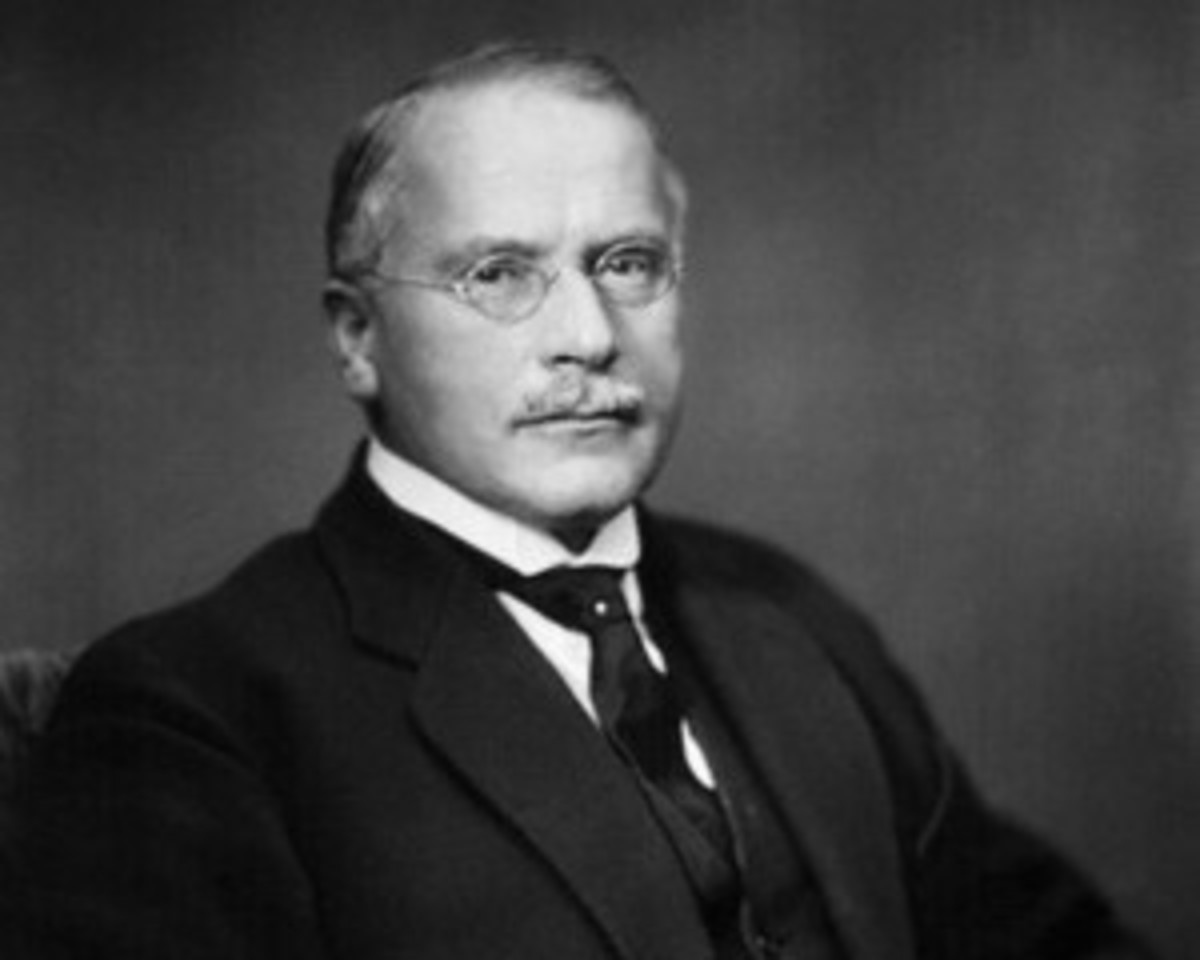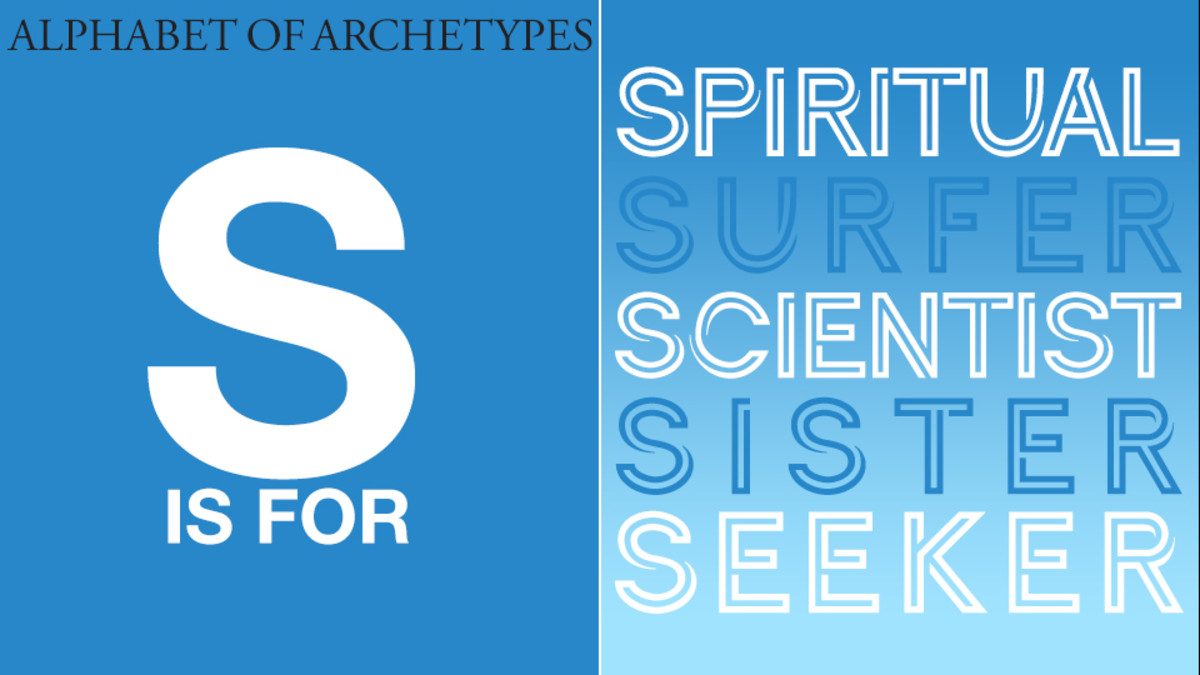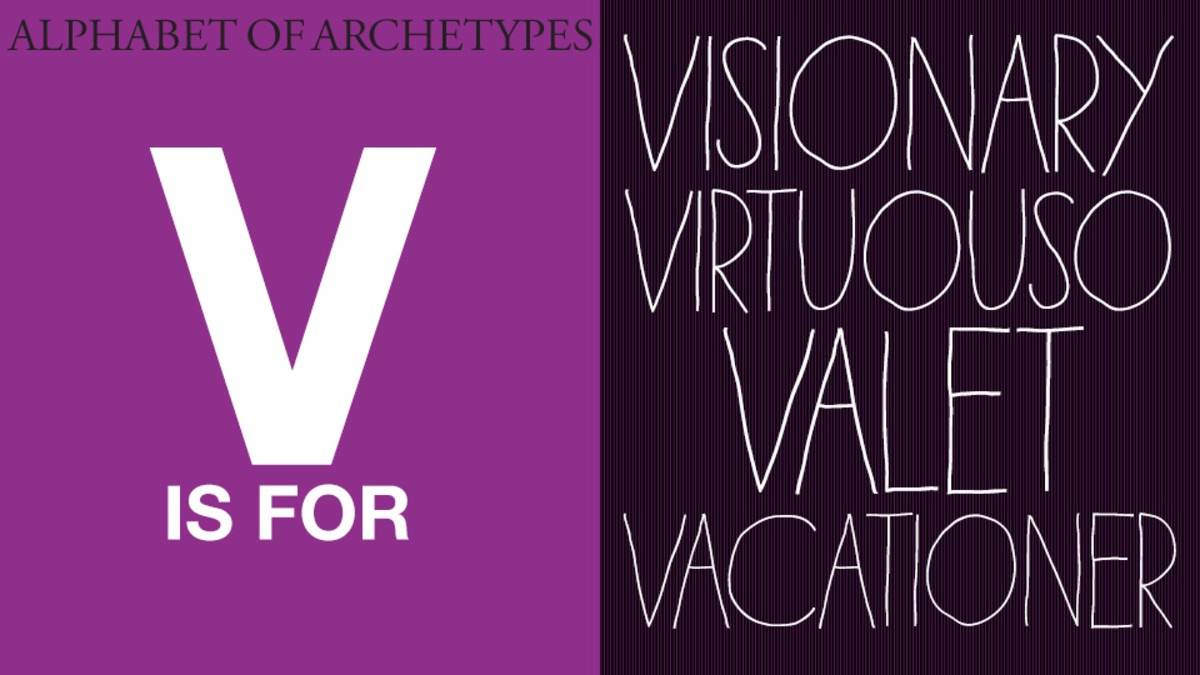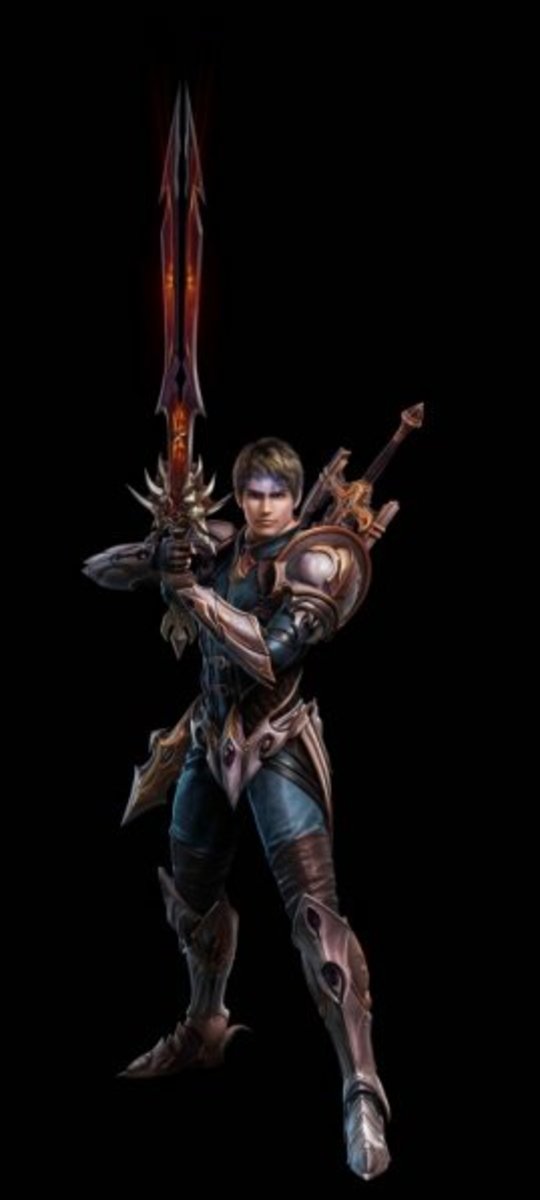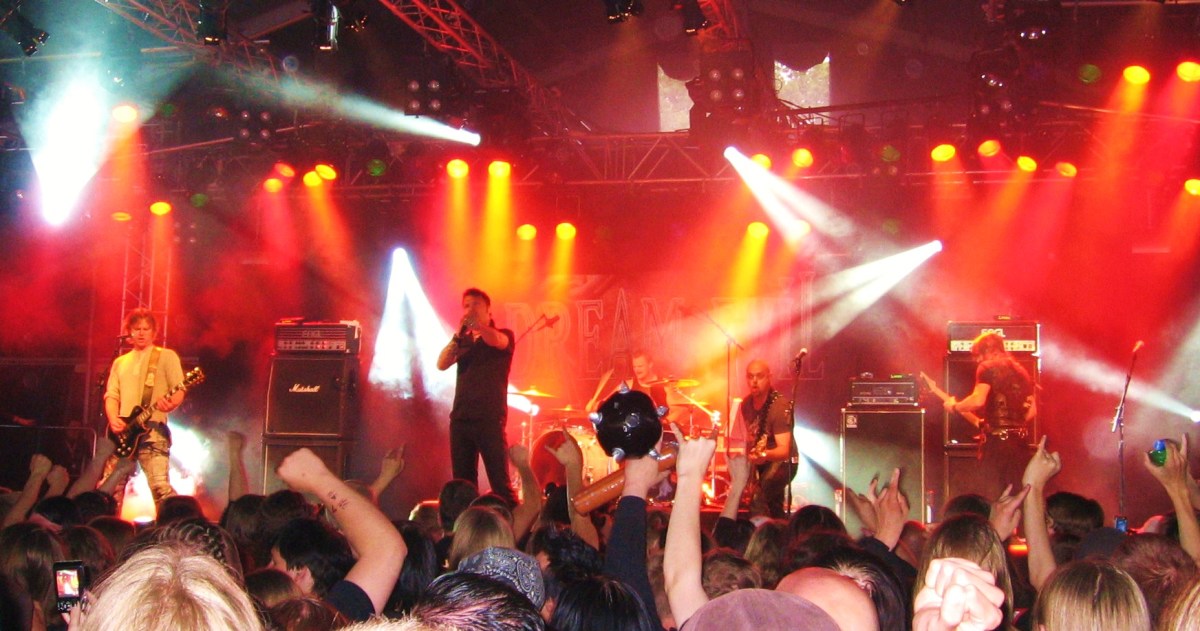Archetype Fueled Branding 101: Exploring New Worlds With the Seeker
The Twelve Character Archetypes
Find out more about how tap into the power of archetypal forms to build or strengthen your brand.
The Innocent
The Orphan
The Warrior
The Caregiver
The Seeker
The Lover
The Destroyer
The Creator
The Ruler
The Magician
The Sage
The Jester
The Pioneer Spirit
Seeker ads cater to the restless, individualistic aspects of our nature that are desirous of experience. Seeker-based campaigns try to tap into the deep sense of boredom, dissatisfaction with ordinary life and ennui that affect people as they settle into rigid career paths or become trapped by family obligations. The Seeker archetype represents the little voice in our heads that compels us to try something else, anything else-- even if it doesn't make sense. We may be generally satisfied with our situation, but the Seeker inside of us craves change.
When incorporating the Seeker into your brand portray anything ordinary, repetitious or mundane in a negative light.
Like Warriors ads, Seekers ads often feature highly physical and active people. The difference, though, is that Seeker-based ads focus on the joy of expressing individuality and feeling an adrenaline rush, whereas Warrior adverts celebrate displays of physical superiority. Seekers can also be cerebral oriented, and the Seeker may also be interested in exploring new ideas, religions or ways of perceiving. Explorers, people who study exotic religions, extreme sport fanatics, bungee jumpers, wanderers, travelers and sailors are all inspired by the Seeker.
Tapping Into Suppression
Ordinary, Orphan-oriented people may not be able to fully express the Seeker, due to the practical fact that there are often too many bills to pay and mouths to feed that preclude the possibility of "getting away from it all." This makes Seeker images and language even more powerful and attractive, because it is an archetype that is often suppressed. When "average Joes" want to escape into a fantasy land, they often look to fictional Seeker characters, read a travelogue or purchase products that are usually associated with Seekers.
Twenty Somethings
The Seeker is usually prominent in the lives of men and women in their 20s. The years between graduating college and establishing a career represent a transitional period where young people search for their place in society. Often graduating college students take a "gap year" to travel and explore the world before settling into their first job.

Examples
1. Full Sail University
Weirdly, the Full Sail logo features a plane flying over a globe. Maybe a sailboat would have been a little more consistent with the name Full Sail. Even though the metaphors may be a little bit mixed up, the general idea is clear.
Full Sail University is a school that prepares their students to enter the entertainment industry. Students specialize in music, video games, film or script writing-- vocations that are very different and exciting compared to the average run-of-the-mill public college or university. The school's name itself conjures up the idea of sailing away to embark on an exciting adventure.
Incorporate images and words that bring to mind a fantastic journey to attract those in need of the Seeker.
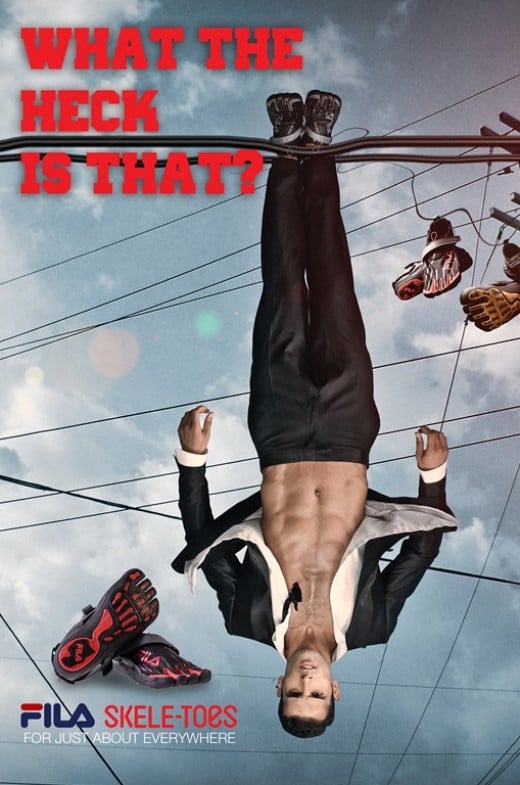
2. FILA Skele-toes
Seekers are brazen non-conformists who don't mind wearing a shoe that looks weird, especially if it helps them along the way when they are on a journey. Fila appealed to the weird side of the Seeker with their popular Skele-toe shoe and its accompanying, attention-grabbing "What The Heck Is That?' ad campaign. The idea behind the shoe's design is that it is supposed to be shaped to fit the contours of the foot perfectly, allowing for a more comfortable time when enjoying outdoor activities. The ad makes it clear that the shoe is "for just about everywhere," implying that this is the shoe to buy if you are about to take an exotic trip. We also see the influence of the Jester here, because the man in the photo appears to be in a bit of a funny situation-- hanging from a telephone wire.
A glance at the design of the shoe reveals the fact that the toes are all separated into different compartments, almost as if the shoe itself is hugging each individual toe. The extra toe love might provide a little bit of emotional comfort and reassurance for lonely, skeletoed Seekers who pilgrimage out into the wild to commune with nature and experience great adventures.
If you incorporate Seeker elements into your brand, let your freak flag fly and don't be scared to be a little eccentric.
3. Jeep
In this over-the-top 1983 Jeep commercial that appeals to both the Warrior's admiration of athletic prowess and the Seeker's need for novel experiences, we see an athletic guy doing all manner of crazy things for apparently no reason in the wilderness. First he's riding a horse, then he's driving a Jeep, but wait-- now he's riding a buffalo. Suddenly, the man reaches out an arm and pulls a woman onto the back of the buffalo. In the next scene, the man and the woman are driving away together in a Jeep. (Notably, this commercial was filmed before the days of computerized CGI effects so some of the action sequences are probably actual stunts.) With this commercial, Jeep is trying to say that their product is the ideal type of vehicle for anyone who identifies with the Seeker.
To attract Seekers, bring the possibility of having intense or unique experiences to light.
4. Outback Steakhouse
Outback uses the exotic, wild land of Australia to appeal to those in search of a unique dining experience. Again we see some adrenaline-pumping stunts being pulled off, as somebody dressed up as Santa pulls off some fancy surfboard tricks while a narrator with a thick Australian accent invites everyone out to Outback. The stunts appear to take place on what seems like an Australian beach. The surfing scene doesn't make a whole lot of sense in this context-- what does Santa and surfboarding have to do with a steak? Nothing really. The point is that Outback is a fun, wild, exotic place to be. The Outback marketing team is trying to attract Seekers to the restaurant.
Make references to exotic foreign locations to spice up your Seeker-based brand.
5. The "I Will Not Bow to Any Sponsor" Scene From Wayne's World
In the 1990s, the Seeker archetype was a prominent undercurrent in all of the pop culture at the time. In music, the "grunge" movement that started in Seattle pushed the rock genre forward by incorporating the Seeker and the Orphan in new and interesting ways. At the time, everyone in the public eye sought to be thought of as authentic. Vanilla Ice's rapid rise to fame and quick descent into obscurity is a good example of how being called a "sell out" (was a death sentence for anyone in the entertainment industry. The concept of selling out relates back to the very Seeker-oriented idea that artists should retain their individuality and resist corporate attempts to make their art more palatable to the mainstream. In this scene from Wayne's World (which is in fact a very clever ad) we see comedian Mike Meyers poking fun at the idea of selling out while also acknowledging the Seeker perspective.
Changing your personal brand image for popularity or money is a bad idea if you want Seeker appeal.
6. Ka Sundance
I ran across this weird video one day when I was thinking about moving to Costa Rica, and took note of how aggressive it is with the Seeker archetype. This video features the german raw foods guru and "how to move to Costa Rica" expert, Ka Sundance. It opens with Ka doing a strange little dance in the sunlight in front of what seems to be some type of tropical jungle. Ka explains that if you follow his methods, anyone can live a life that's full of adventure and trips to exotic locations. Basically, Sundance gives tips on how make money using the Internet but he dresses up his essentially straightforward advice using powerful emotional appeals to the desires of the Seeker. At the end of the pitch, Ka directs the audience to go to his website.
Appeal to the Seeker's love of flexibility and freedom when pitching to the Seeker demographic.
More about the twelve character archetypes and how they manifest in pop culture and human personality: Rulers, Sages and Jesters: the Twelve Character Archetypes
The Twelve Archetypes
- Imagining a Better World With the Innocent - Six examples of effective commercials that use happy childhood memories or the promise of utopia to build brand identity.
- Keeping It Real With the Orphan - Use the highly attractive idea that we are all created equal to give your brand some Orphan-esque egalitarian appeal.
- Charging Into Battle With the Warrior - Everyone loves a hero. Pepper your brand with the Warrior archetype to give it a combative edge.
- Helping Others Succeed With the Caregiver - Six examples of popular brands that use the motherly Caregiver archetype to build a sense of trust and security.
- Exploring New Worlds With the Seeker - If you are in the business of helping others experience new things or travel to exotic locations, spice up your brand with some Seeker zaniness.
- Tangoing With the Lover - Reveal hidden truths or work sexuality into your brand to harness the magnetic power of the Lover.
- Wiping the Slate Clean With the Destroyer - Six examples of Destroyer style brands that appeal to our urge to either pick a fight with the world, flirt with death or plunder gold.
- Facilitating Artistry and Ingenuity With the Creator - How to inspire your target audience to unlock their latent creative potential.
- Bossing Out Your Brand With the Ruler - How to use the Ruler archetype to market your brand to the upper echelons of society.
- Channelling the Magician - Use the Magician archetype to fascinate an enthralled audience-- or make them reconsider everything they think they know.
- Curating Information With the Sage - Integrate elements of the Sage archetype into your brand to cultivate an authoritative, trustworthy public image.
- Partying With the Jester - Take the edge off of your brand and create a fun atmosphere by clowning it up a little with the Jester archetype.

